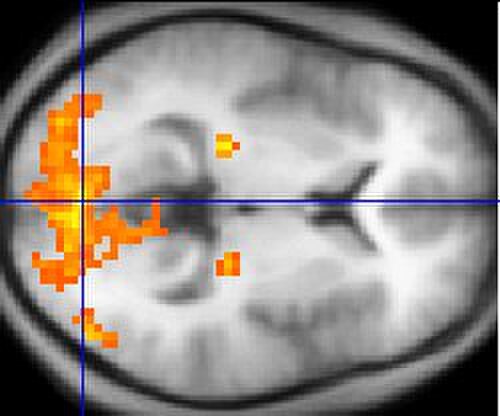Psycholinguisticsnoun
(linguistics) The study of the comprehension and production of language in its spoken, written and signed forms.
Psycholinguisticsnoun
the branch of cognitive psychology that studies the psychological basis of linguistic competence and performance
Psycholinguisticsnoun
the study of the relationships between linguistic behaviour and psychological processes, including the process of language acquisition.
Psycholinguistics
Psycholinguistics or psychology of language is the study of the interrelation between linguistic factors and psychological aspects. The discipline is mainly concerned with the mechanisms by which language is processed and represented in the mind and brain; that is, the psychological and neurobiological factors that enable humans to acquire, use, comprehend, and produce language.Psycholinguistics is concerned with the cognitive faculties and processes that are necessary to produce the grammatical constructions of language.
Neurolinguisticsnoun
(linguistics) Science concerned with the human brain mechanisms underlying the comprehension, production and abstract knowledge of language, be it spoken, signed or written.
Neurolinguisticsnoun
the branch of linguistics that studies the relation between language and the structure and function of the nervous system
Neurolinguisticsnoun
the branch of linguistics dealing with the relationship between language and the structure and functioning of the brain.
Neurolinguistics
Neurolinguistics is the study of the neural mechanisms in the human brain that control the comprehension, production, and acquisition of language. As an interdisciplinary field, neurolinguistics draws methods and theories from fields such as neuroscience, linguistics, cognitive science, communication disorders and neuropsychology.




